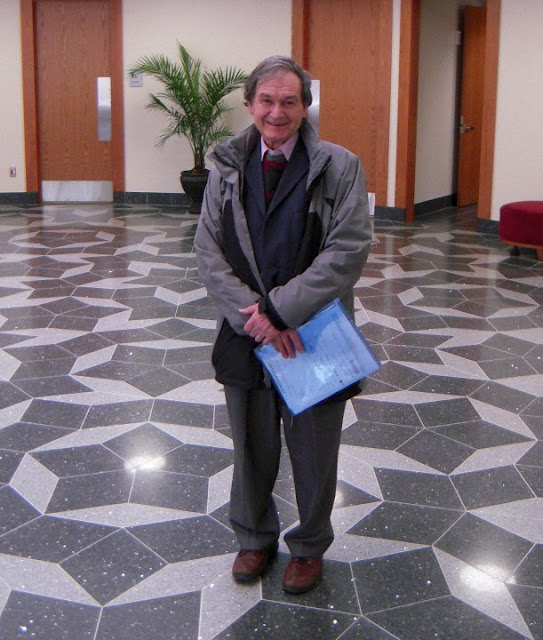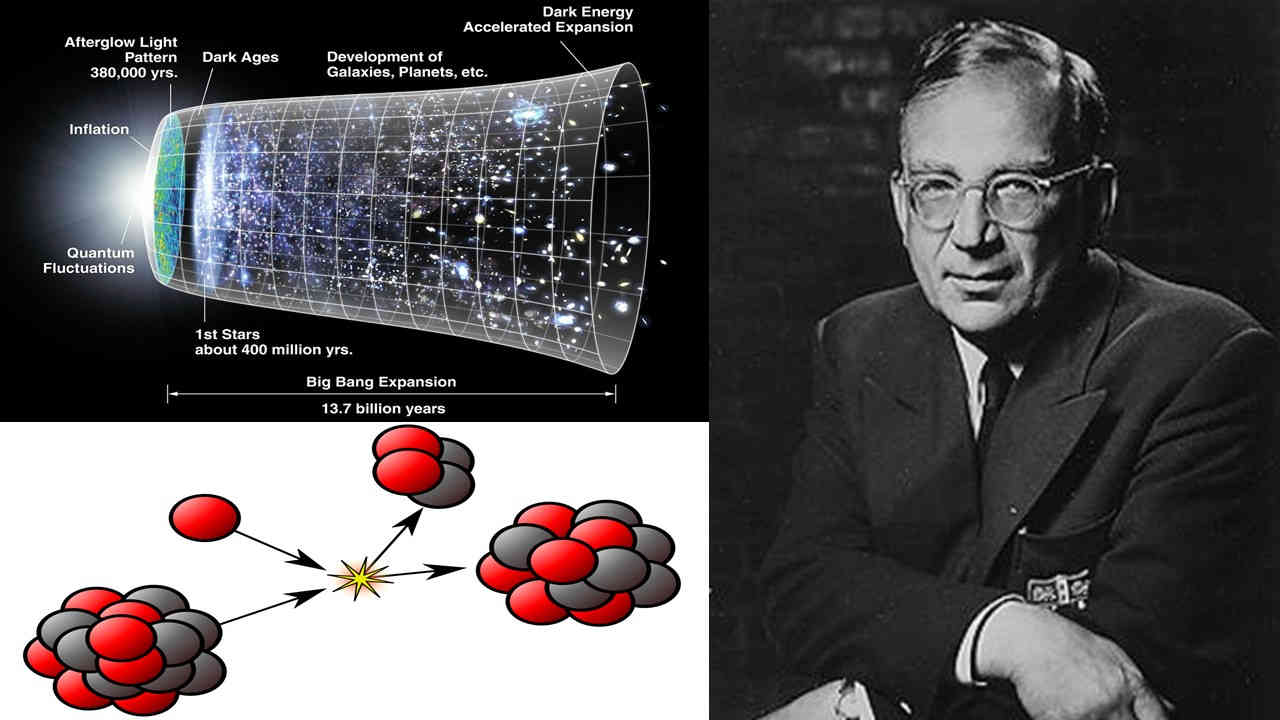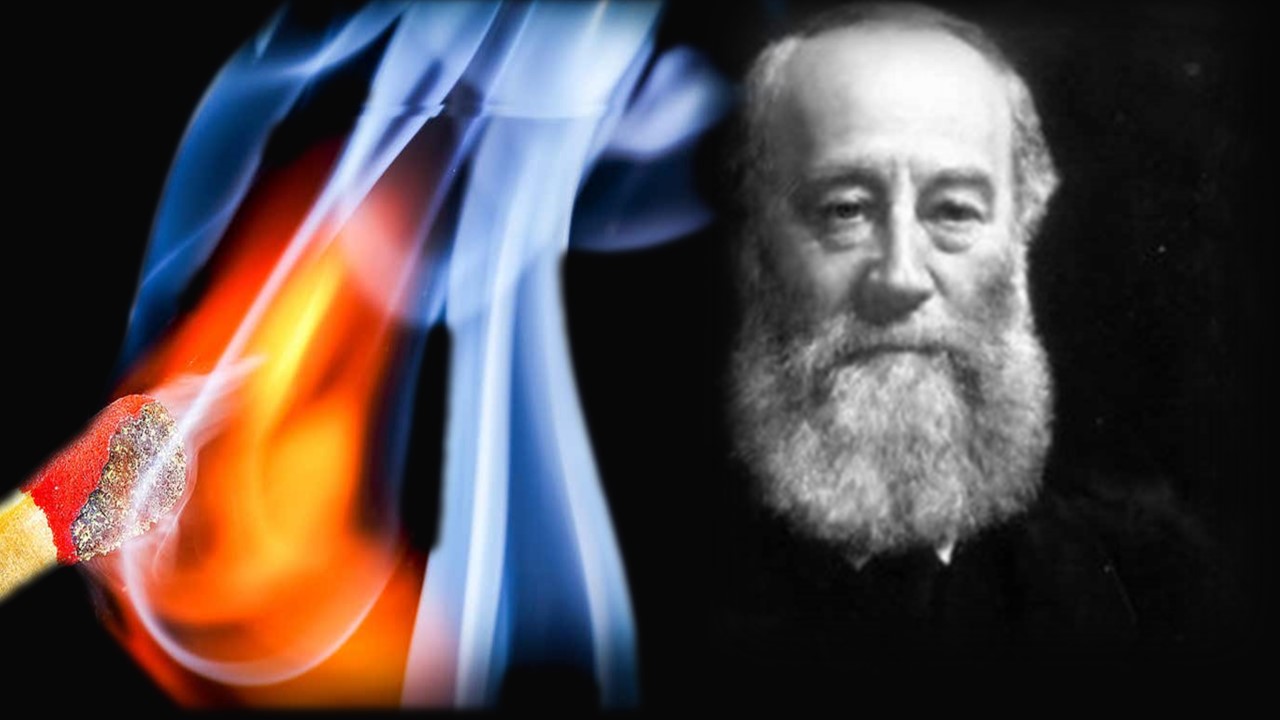
Nobel – British mathematician and physicist Sir Roger Penrose is popularly known for black hole singularity theorems which later on inspired Stephen Hawking's singularity theorem for the entire universe. In 2020, Penrose won the physics Nobel Prize for work done in the 1960s. Yes, it took that long.
Childhood – Penrose spent his early childhood during the second World War in Canada. It is quite surprising to know that Penrose was not always the brilliant man he is today. After winning the Nobel prize, in an interview, he revealed: "I was always very slow. I was good at maths, yes, but I didn't necessarily do very well in my tests."
Genius family – There also was added pressure due to the fact that he was born in the Penrose family, a family of artists, scientists and chess players.
Penrose's paternal grandfather was a famous portrait artist while his maternal grandfather was a physiologist and an early biochemist.
His father Lionel was a geneticist whose interests extended well beyond his profession and included such fields as geometry and chess, which he often shared with his children.
No surprise that Penrose's older brother went on to become a distinguished physicist himself. The younger brother and sister became Chess grandmaster and geneticist respectively.

Love of geometry – As a student, Penrose used to create illusory objects like the Penrose Triangle and the Penrose stairs. Several artworks by the renowned Dutch artist M.C. Escher were in part inspired by Penrose's impossible figures.

PhD – Post graduation, Penrose came under the supervision of mathematician W. V. D. Hodge. Though after one year, he was "thrown out" of the class for not being able to find solution to the problem assigned to him. "I decided that the problem Hodge suggested had no solution but he didn't believe me."
For the next two years, Penrose worked under geometer John Todd and in 1958 finished his doctorate degree with a thesis on tensor methods in algebraic geometry.
Inspiration – Roger Penrose was encouraged by his cosmologist friend Dennis Sciama to work alongside Stephen Hawking on the problems in astrophysics. "What are you doing with this pure mathematics nonsense? Come and work on physics and cosmology."
Lectures on quantum theory by Paul Dirac and on general relativity by Hermann Bondi influenced Penrose further. In the 1960s, he joined Sciama and Hawking to derive the Penrose–Hawking singularity theorems using Indian physicist Amal Kumar Raychaudhuri's namesake equation.
Consciousness – Apart from the problems in physics, Penrose has also explored the nature of consciousness, especially in his 1989 book: The Emperor's New Mind.
He was partly motivated to write the book after hearing computer scientist Marvin Minsky, one of the fathers of artificial intelligence, say: Human brain is just a computer made up of meat.
Minsky was of the belief that human intelligence could be mimicked artificially in accordance with a learning program. Roger Penrose argued against that viewpoint, saying: Human thought and intelligence cannot be simulated artificially.
In 1997, Penrose devised a theory of consciousness based upon quantum gravity. However, it failed to garner critical or experimental support. Hawking commented: Penrose's argument seemed to be that consciousness is a mystery and quantum gravity is another mystery so they must be related.
Religion – Roger Penrose regards himself as an agnostic. During an interview with the BBC in 2010, he stated: "I'm not a believer myself. I don't believe in established religions of any kind." Penrose is also a well-known supporter of Humanists UK organization.
Cycle of time – According to Penrose, the universe keeps dying and being reborn. In 2010, he reported possible evidence based on the data from cosmic microwave background, of an earlier universe existing before the Big Bang.
His conformal cyclic cosmology model although derives inspiration from Hindu-Buddhist philosophies is built within the framework of general relativity. Penrose has popularized the theory in his 2010 book Cycles of Time: An Extraordinary New View of the Universe.
Architecture – Believe it or not but Roger Penrose has made a remarkable contribution to architecture as well. Penrose tiling, a covering of the plane by non-overlapping polygons, is quite a popular choice for floor designs.

According to one alumnus, the campus of Indian Institute of Information Technology, Allahabad was inspired by Penrose architecture. "The domes and the corridors were the nodes and connections respectively of the Penrose architecture."
Similarly, Miami University in Ohio, Andrew Wiles Building at the University of Oxford and Mitchell Institute for Fundamental Physics and Astronomy (as seen in the picture) make use of Penrose Tiling.
























 Physics, astronomy and science history blog for students
Physics, astronomy and science history blog for students